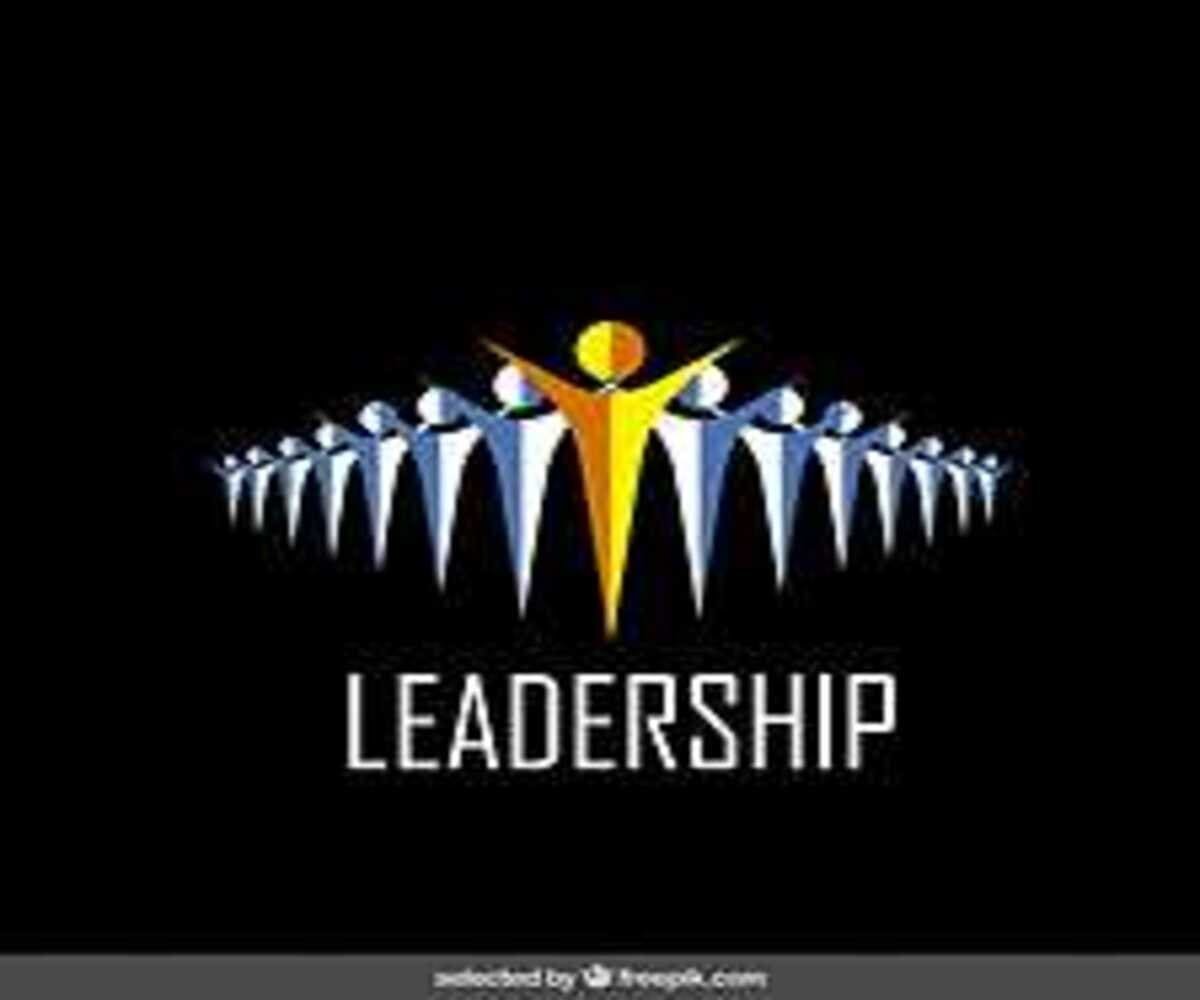Introduction
Leadership is a critical aspect of management that influences organizational success. A great leader motivates teams, drives innovation, and ensures smooth business operations. Effective leadership is not just about giving orders but about inspiring, guiding, and empowering individuals to achieve common goals.
This article explores leadership styles, different leadership approaches, and their impact on organizational success.
1. What is Leadership?
Leadership is the ability to influence, inspire, and guide individuals or teams toward achieving a common objective. It involves decision-making, strategic thinking, communication, and problem-solving skills.
Key Characteristics of a Good Leader:






2. Leadership Styles
Leadership styles define how a leader interacts with their team, makes decisions, and handles challenges. Different situations require different leadership approaches.
Major Leadership Styles
| Leadership Style | Description | Best Used In |
|---|---|---|
| Autocratic Leadership | Leader makes all decisions without consulting employees. | Crisis situations, military, disciplined environments. |
| Democratic Leadership | Encourages team participation in decision-making. | Creative industries, team-driven organizations. |
| Laissez-Faire Leadership | Minimal supervision, allowing employees to work independently. | Skilled and self-motivated teams. |
| Transactional Leadership | Focuses on rewards and punishments to drive performance. | Sales, finance, goal-oriented workplaces. |
| Transformational Leadership | Inspires innovation, personal development, and organizational change. | Fast-growing companies, technology startups. |
| Servant Leadership | Prioritizes employee well-being and development. | Non-profits, customer-service industries. |
| Charismatic Leadership | Relies on the leader’s personal charm and influence. | Public speaking, political leadership, startups. |
| Bureaucratic Leadership | Follows strict rules and procedures. | Government agencies, regulated industries. |
Why Leadership Styles Matter?



3. Leadership Approaches
Leadership approaches focus on how leaders develop their strategies, interact with teams, and achieve results.
A. Trait Approach to Leadership
- Based on the belief that leaders are born with certain traits that make them effective.
- Key leadership traits: confidence, intelligence, honesty, and determination.
- Example: Elon Musk is known for his visionary thinking and risk-taking.
B. Behavioral Approach to Leadership
- Focuses on what leaders do rather than their innate qualities.
- Two main types of leadership behavior:
- Task-Oriented Leaders – Focus on productivity and achieving goals.
- People-Oriented Leaders – Focus on employee well-being and motivation.
- Example: Satya Nadella (Microsoft) emphasizes empathy and innovation.
C. Situational Approach to Leadership
- A leader adapts their style based on the situation and team needs.
- Developed by Paul Hersey and Ken Blanchard (Situational Leadership Model).
- Example: A manager may use an autocratic style during crises and a democratic style for brainstorming sessions.
D. Contingency Approach to Leadership
- Suggests that no single leadership style works for every situation.
- Different factors (team size, organization type, industry) influence leadership success.
- Example: Steve Jobs’ leadership was highly effective in Apple’s creative environment but may not have worked in a bureaucratic organization.
4. Importance of Leadership in Management






5. How to Become an Effective Leader?
Practical Strategies for Leadership Development
- Develop Emotional Intelligence – Understand and manage your emotions and those of others.
- Improve Communication Skills – Be clear, concise, and transparent.
- Be Open to Feedback – Learn from others and improve continuously.
- Lead by Example – Set high standards for ethics and performance.
- Empower and Trust Your Team – Delegate tasks and give employees autonomy.
- Adaptability and Learning – Stay flexible and open to new leadership methods.
- Encourage Innovation – Create an environment where creativity thrives.
Conclusion
Leadership is not just about authority; it’s about inspiring and guiding people toward success. Different leadership styles and approaches suit different situations, and effective leaders adapt based on the needs of their team and organization.
By developing strong leadership skills, businesses can boost employee engagement, foster innovation, and achieve long-term success.




